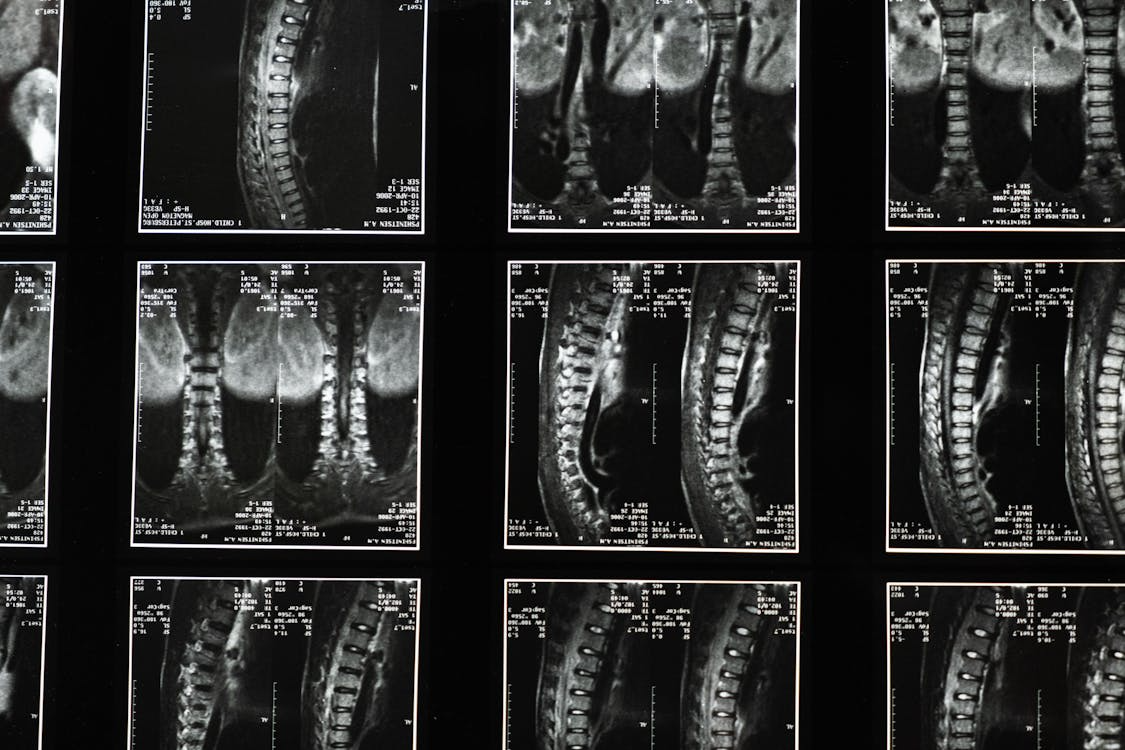Spondylolisthesis affects around 5% of Americans and around 4-8% of people worldwide at some point in their lives. The symptoms of this condition can vary, with some people experiencing practically no symptoms, while others suffer from chronic pain and even a loss of nerve function. Fortunately, there is a range of treatments that can relieve symptoms; however, for more serious cases, spondylolisthesis grade 1 surgery may be required to provide a long-lasting cure. Visit Performance Surgery Center for more information.
In this article, we’ll provide an understanding of the biomechanics of spondylolisthesis and its effect on nerve function, outlining symptoms, possible treatments, lifestyle changes, and when surgery may be required.
What Is Spondylolisthesis?
Spondylolisthesis is a common spinal condition that involves one or more of the vertebrae in the spine slipping forward and coming into contact with the nerves or adjacent bones/ ligaments. This can result in intermittent or persistent pain that can range in severity. However, symptoms are not just limited to pain and may include:
- Difficulty walking or standing for long periods
- A lack of balance or stability
- Muscle spasms
- Sciatica
- Stiffness and a restricted range of motion
- Tight hamstrings
- A numb or tingling sensation in the feet
- Weakness in the legs and feet
- A bulge or curvature of the spine
The condition is most common in people over 50 and affects women more than men. Athletes can also develop spondylolisthesis, while people from families that have a history of spondylolisthesis or spinal conditions are also more at risk. In some cases, long-term spondylolisthesis can result in spinal arthritis or nerve damage.
Spondylolisthesis and Biomechanics
When one vertebra slips forward over the one below it, your spine loses its normal alignment, creating instability in that section of your back, which means the surrounding muscles have to work much harder to keep you upright and stable. These muscles often become tight and painful from the extra effort.
The slip changes how forces travel through your spine when you move. Normally, weight and pressure are distributed evenly, but with spondylolisthesis, some areas take on more stress than they should. This can lead to pain and further wear and tear over time.
Additionally, your posture often changes as your body tries to compensate, and you might find yourself standing or walking differently, perhaps with a more pronounced curve in your lower back or leaning forward slightly. Some people develop a distinctive walking pattern where their steps become shorter and they move more stiffly. The condition can affect your range of movement, too, making it harder to bend forward, arch backward, or twist your spine. Activities like lifting, bending down to pick things up, or even prolonged standing can become more challenging and uncomfortable.
If the slipped vertebra presses on nerves, it can cause problems beyond just back pain. You might experience numbness, tingling, or weakness in your legs, which can affect how you walk and your overall mobility. The body’s natural response is to try to protect the unstable area, which often means that surrounding muscles go into spasm or become chronically tight. This creates a cycle where the altered movement patterns put additional strain on other parts of your back and even your hips and legs.
Can Spondylolisthesis Impact Nerve Function?
Spondylolisthesis can significantly affect your nerves, particularly when the slipped vertebra narrows the spaces where nerves pass through your spine. It can squeeze the spinal canal – the main tunnel that houses your spinal cord. This compression can put pressure directly on the spinal cord itself, causing problems with nerve signals travelling between your brain and the rest of your body.
More commonly, the condition affects individual nerve roots that branch off from the spinal cord. These nerves exit through small openings called foramina, and when a vertebra slips, these openings can become narrower. The compressed nerves struggle to function properly, leading to various symptoms.

A person might also experience sciatica, a sharp, shooting pain that travels down your leg, often reaching your foot. This happens when nerves that form the sciatic nerve get pinched. The pain can be severe and may worsen with certain movements or positions. Numbness and tingling are also common, typically affecting the legs, feet, or buttocks. This may feel like pins and needles, or areas of skin might feel completely numb to touch.
Muscle weakness can develop if the compressed nerves control specific muscles. This might make your legs feel heavy or cause difficulty lifting your foot when walking, leading to a condition called foot drop.
In severe cases, you might experience problems with bladder or bowel control, though this is relatively rare. The nerve compression can also affect your balance and coordination, making you feel unsteady when walking or standing. These nerve-related symptoms often fluctuate, sometimes improving with rest or certain positions.
Spondylolisthesis Treatments and Helpful Lifestyle Changes
The good news is that spondylolisthesis is highly treatable, and many treatments and lifestyle changes will have very little impact on your daily routine.
Non-surgical treatments
- Physiotherapy to strengthen your core and back muscles, improve flexibility, and teach you proper movement techniques
- Pain relief medications like paracetamol, ibuprofen, or stronger prescription painkillers when needed
- Steroid injections around the affected area to reduce inflammation and pain
- Manual therapy from osteopaths or chiropractors to help with joint mobility and muscle tension
- Heat and ice therapy – heat for muscle stiffness, ice for acute pain and inflammation
- Acupuncture for pain relief
- Pilates or yoga (with modifications) to improve core strength and flexibility
Lifestyle changes
- Regular low-impact exercise, like swimming, walking, or cycling, can help keep your back strong without excessive strain
- Weight management to reduce pressure on your spine
- Proper posture when sitting, standing, and sleeping – use supportive chairs and a firm mattress
- Avoiding activities that worsen symptoms, such as heavy lifting, high-impact sports, or excessive back bending
- Learning safe lifting techniques – bend your knees, not your back
- Taking regular breaks from prolonged sitting or standing
- Using supportive cushions or lumbar rolls when sitting for long periods
Surgical options (for severe cases)
- Spinal fusion to permanently join the affected vertebrae together
- Decompression surgery to relieve pressure on compressed nerves
- These are typically considered when conservative treatments haven’t worked and symptoms are severely affecting daily life
Thank you for reading. We hope this article has answered any questions you may have had about spondylolisthesis and its effects on nerve function.














Discussion about this post